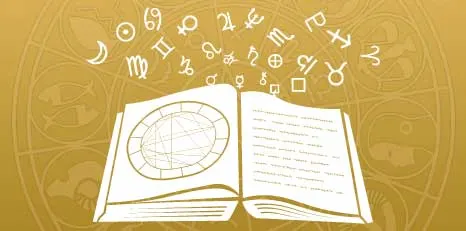Uranus in Pisces square Ascendant in Scorpio in the birth chart
With Uranus in Pisces, you are an individual who possesses a unique blend of intuition and innovation. This placement often indicates a person who is drawn to the mystical and spiritual, with a deep desire to explore the unknown. This is a placement that encourages you to think outside the box and to question conventional wisdom. It's a position that fosters a deep sense of compassion and a desire to serve others.
In contrast, your Ascendant in Scorpio suggests that you present yourself to the world as someone who is intense, passionate, and somewhat mysterious. You have a magnetic personality that draws people to you, even if they can't quite figure you out. You are also incredibly resilient and possess a remarkable ability to transform and reinvent yourself in the face of adversity.
The square aspect between Uranus in Pisces and your Ascendant in Scorpio creates a dynamic tension. This tension may manifest as a struggle between your desire for spiritual exploration and your need for deep, transformative experiences. You are drawn to the unknown, yet you also crave depth and intensity. This can lead to periods of restlessness and dissatisfaction, as you strive to reconcile these seemingly conflicting desires.
On the other hand, the square between Uranus in Pisces and your Descendant in Taurus suggests a potential for unexpected changes in your relationships. You may find that your partnerships are often marked by sudden shifts and upheavals. This can be challenging, but it can also lead to growth and transformation.
The key to navigating this complex astrological landscape is to embrace the tension and use it as a catalyst for growth. Your unique combination of placements encourages you to push boundaries, challenge conventions, and dive deep into the mysteries of life. It's not always an easy path, but it's one that promises rich rewards for those who dare to take it.
Register with 12andus to delve into your personalized birth charts, synastry, composite, and transit readings.
Comprehensive PDF Reports

Comprehensive PDF readings, spanning 100 to 300+ pages for birth charts, relationship analyses, and forecasts. Dive deep into the intricacies of each planetary placement with our reports, meticulously examining their aspects and subtleties. Crafted as an astrological masterpiece, it serves as a lifelong reference, offering the most personalized insights into both you and your relationships. Your celestial storybook awaits.
Ask the Astrologer

Ask your unique question to a 12andus astrologer. Our astrologer will provide a thoughtful response of over 1,000 words within a few days, following a careful analysis of your chart as set in your profile. Inquiries can span a variety of topics, including love, relationships, career, personality traits, or broader life concerns. We're here to help guide you through your astrological journey.
Free Readings

Explore the complexities of your astral narrative with our deeply personalized astrological readings. From the profound revelations in your birth analysis to the dynamics of synastry, composite, and transit explorations, each reading is finely curated for your unique cosmic storyline. Click for an astrology experience crafted with unmatched precision and detail.
